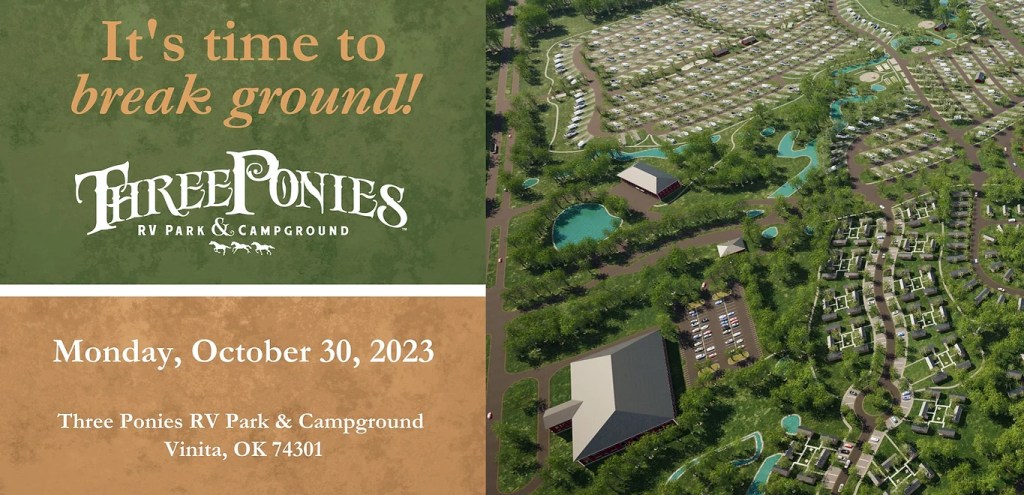
Earlier this month The Hustle, a daily online “brief on business & tech news,” published an article by freelance journalist Mark Dent under the headline, “Why Americans stopped buying convertibles.” Turns out, he might have been writing about a lot more than just cars.
The convertible in Dent’s case was a 2004 Ford Mustang he bought in 2010, when U.S. ragtop sales had already swooned by more than half from just a few years earlier, to around 140,000 annually. That slide only continued in the years to follow, to approximately 70,000 in the 12 months through this past February, and convertibles now account for just 0.6% of all vehicle sales. If that strikes you as unsustainable, you’re right: indeed, the sedans and coupes on which convertibles are based are themselves being pushed toward extinction, displaced by SUVs—and SUV makers that tried to sell a convertible model, like Nissan’s crossover Murano or Land Rover’s Evoque, were quickly shown the folly of their ways.
“Americans spoke with their wallets,” Dent observes. “They didn’t want the open air.”
“They didn’t want the open air” says a great deal about more than just cars, although that’s a good place to start. Cars once signified freedom and the opportunity to strike out into an unknown and mysterious landscape, and convertibles cranked up the feeling of unbridled exploration by exposing their drivers to sun and wind and roadside sounds. But no more. Rather than an emotional rush, today’s car owners want technology and a cocooned experience that shields them from the world they’re navigating, with heated seats and GPS navigating systems. Or as Dent also writes, wistfully, “We’re losing the messy, hair-flowing-in-the-wind version of the American Dream to something climate-controlled and closed off to the world.”
So, too, with camping in general and RVing specifically, recreational pursuits with a split personality vacillating between “open air” on one hand and an air-conditioned cocoon on the other. Millions of dollars are spent designing, building and promoting overlanding vehicles to entice would-be campers with the same fantasies that once beguiled American car buyers to hit the open road, preferably in a convertible, but the emphasis remains on how well these technological marvels can duplicate all the comforts of home. You, too, can strike out for the most remote wilderness, but with massive water tanks and solar panels to ensure weeks of comfort and enough juice to power satellite phones so you’re never truly disconnected.
Millions more, meanwhile, are spent defanging and insulating the great outdoors to lure “travelers” who never thought of themselves as campers and who wouldn’t dream of leaving a paved highway, but who fancy themselves as having intrepid personalities. By blurring the distinction between camping and other types of accommodation and promising an authentic encounter with Mother Nature, glamping has become the fastest growing segment of the “outdoor hospitality” industry. Here, as in every other initiative aimed at convincing the public to get out of its comfort zone, the emphasis is on eliminating discomfort.
This week, for example, the RV rental platform Outdoorsy joined booking platforms Reserve America and Campspot in offering “weather guarantees,” a hedge against “undesirable weather” that refunds your money if the sky rains on your outing. Bad sky! The insurance comes “just in time for unpredictable spring and summer weather,” gushes a press release, and is designed to give buyers “peace of mind.” Or as summarized by one of the geniuses behind this innovation, “we recognize the growing desire for outdoor adventure and want to encourage those looking to get out there to enjoy stress-free adventures”—making one wonder, of course, what definition of “adventure” the speaker had in mind.
But as the recently released Camping and Hospitality Report 2024 from KOA makes clear, “While camping has always been a popular activity enjoyed by millions of outdoor enthusiasts, in the past decade, it has emerged as much more than a way to get outside.” Indeed, KOA says it has “seen camping evolve from simply being considered an outdoor activity to becoming a formidable segment of the travel marketplace,” as though it were just one more booth in a bazaar of otherworldly enticements. “Open air” no longer suffices, which is why this is the second year in which KOA’s annual report adds “hospitality” to “camping” in its title. These days it’s all about curated experiences and mediated environments, and that requires expert intervention.
Just as the Outdoorsy spokesman makes pablum out of “adventure” by promoting “peace of mind,” so KOA deftly describes a watering-down of outdoor activities as something that “evolved,” thereby reducing camping to a lower rung on the evolutionary ladder it is building for itself. Or as otherwise explained in the report, KOA “broadened” its outlook because it understood that it needed “to look holistically at outdoor hospitality as more immersive experiences began allowing deeper connections to place and people.”
Oh, so mystical. And oh, such a crock.
The convertible, that ultimate symbol of the freedom of the road, has been driven toward extinction by the competitive appeal of plush-yet-tough digitized, computerized and networked boxes on wheels. Who needs their hair ruffled by the wind? Camping and RVing, mythologized as middle America’s ticket to connecting with the great outdoors, are on the same trajectory, done in by an “evolving travel marketplace” that places little value on “open air.” There is, after all, so much more to camping than just “being outside”—right?







